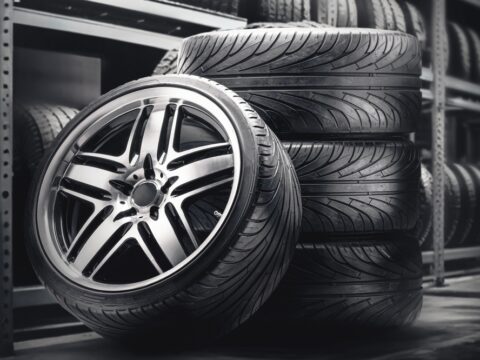Vehicle design is a complex process that involves balancing aesthetics, functionality, and safety. Auto engineers have valuable insights that can help you appreciate the intricacies of designing a car. Here are some insights auto engineers wish you knew about vehicle design.
Contents
Importance of Aerodynamics

Auto engineers emphasize the significance of aerodynamics in vehicle design. Aerodynamics affects fuel efficiency, stability, and noise levels. For instance, a car with a low drag coefficient (Cd), such as the Tesla Model S with a Cd of 0.24, requires less energy to maintain high speeds, resulting in better fuel economy and quieter operation. Understanding aerodynamics can help consumers choose vehicles that offer better performance and efficiency.
Role of Weight Distribution

Weight distribution is crucial for a vehicle’s handling and stability. Engineers aim for a balanced weight distribution, ideally close to 50/50 front-to-rear. For example, the BMW 3 Series is known for its near-perfect weight distribution, which contributes to its exceptional handling characteristics. Consumers should consider weight distribution when selecting a car for improved driving dynamics and safety.
Importance of Chassis Rigidity
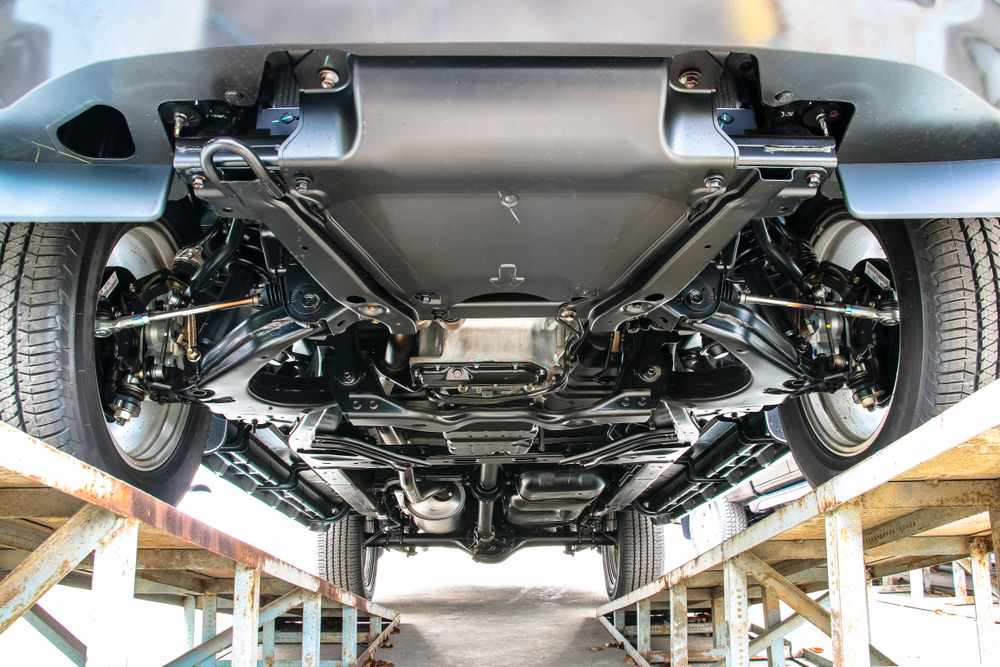
Chassis rigidity plays a vital role in a vehicle’s handling, safety, and overall performance. A stiffer chassis allows for better suspension tuning, enhancing ride quality and cornering abilities. The Mazda MX-5 Miata, for example, benefits from a rigid chassis that improves its agility and responsiveness. Buyers looking for a car with precise handling should consider models with high chassis rigidity.
Impact of Wheelbase on Ride Quality

The wheelbase, the distance between the front and rear axles, affects ride quality and stability. A longer wheelbase generally provides a smoother ride, as seen in luxury sedans like the Mercedes-Benz S-Class. Conversely, a shorter wheelbase offers more agile handling, typical of sports cars like the Porsche 911. Understanding the impact of wheelbase can help consumers choose a vehicle that suits their driving preferences.
Significance of Suspension Design
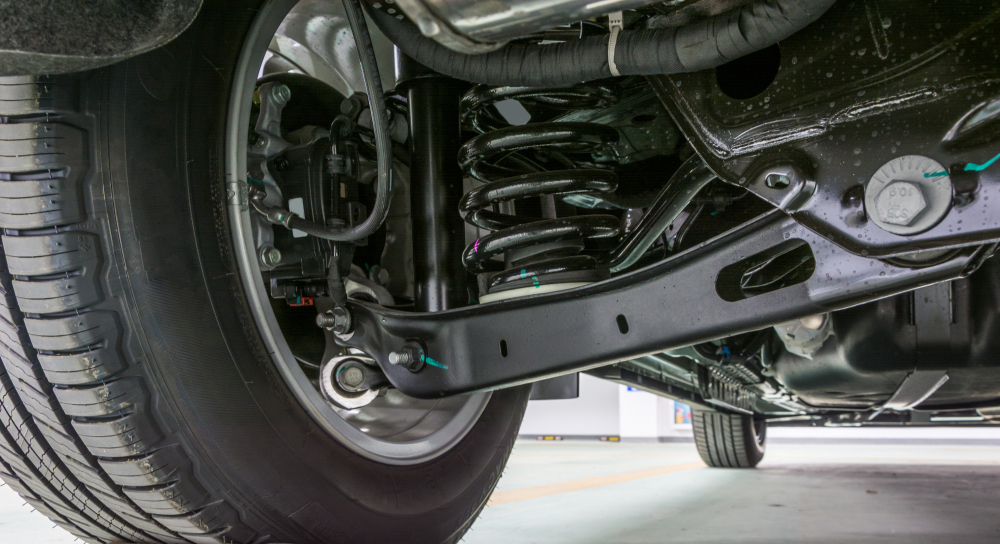
Suspension design is critical for comfort, handling, and safety. Engineers use various suspension setups, such as MacPherson struts, double wishbones, and multi-link systems, each offering different benefits. The Audi A4’s multi-link suspension provides a balance of comfort and sporty handling. Buyers should consider suspension design when evaluating a car’s ride quality and driving dynamics.
Engine Downsizing and Turbocharging
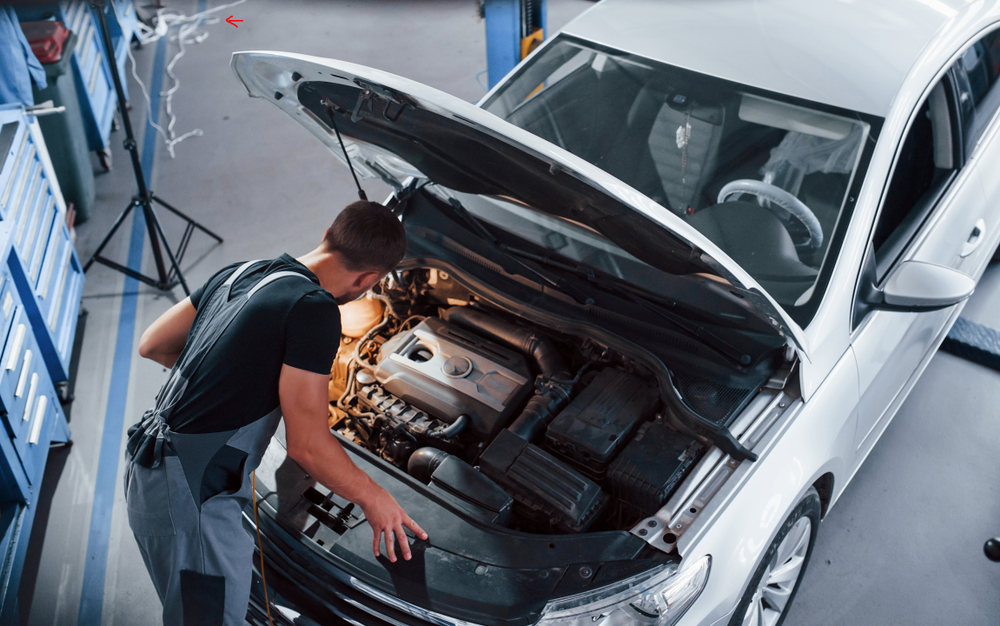
Engine downsizing and turbocharging are trends aimed at improving fuel efficiency without sacrificing performance. For instance, the Ford EcoBoost engines use smaller displacements with turbocharging to deliver power equivalent to larger engines while offering better fuel economy. Consumers should be aware of these technologies to make informed choices about fuel-efficient vehicles that still deliver strong performance.
Importance of Lightweight Materials
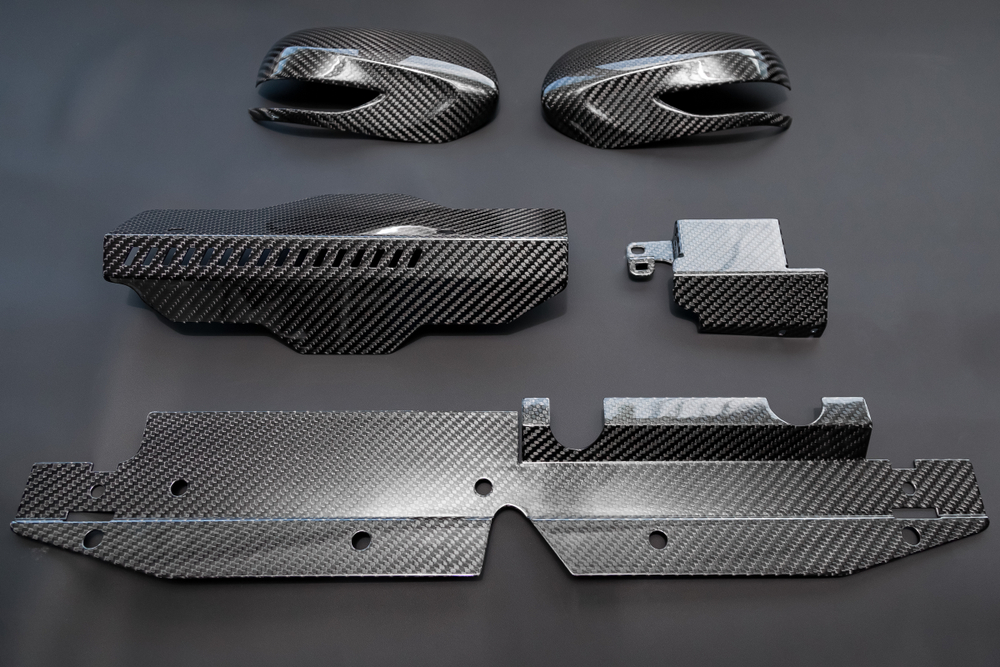
The use of lightweight materials, such as aluminum and carbon fiber, reduces a vehicle’s weight, improving fuel efficiency and performance. The Jaguar XE, for example, uses an aluminum-intensive architecture to enhance its agility and efficiency. Understanding the benefits of lightweight materials can help consumers choose cars that offer better handling and fuel economy.
Advantages of All-Wheel Drive (AWD)

AWD systems provide improved traction and stability, especially in adverse weather conditions. Vehicles like the Subaru Outback use AWD to enhance safety and performance on slippery surfaces. Consumers living in regions with frequent rain or snow should consider AWD vehicles for better control and confidence on the road.
Significance of Tire Selection
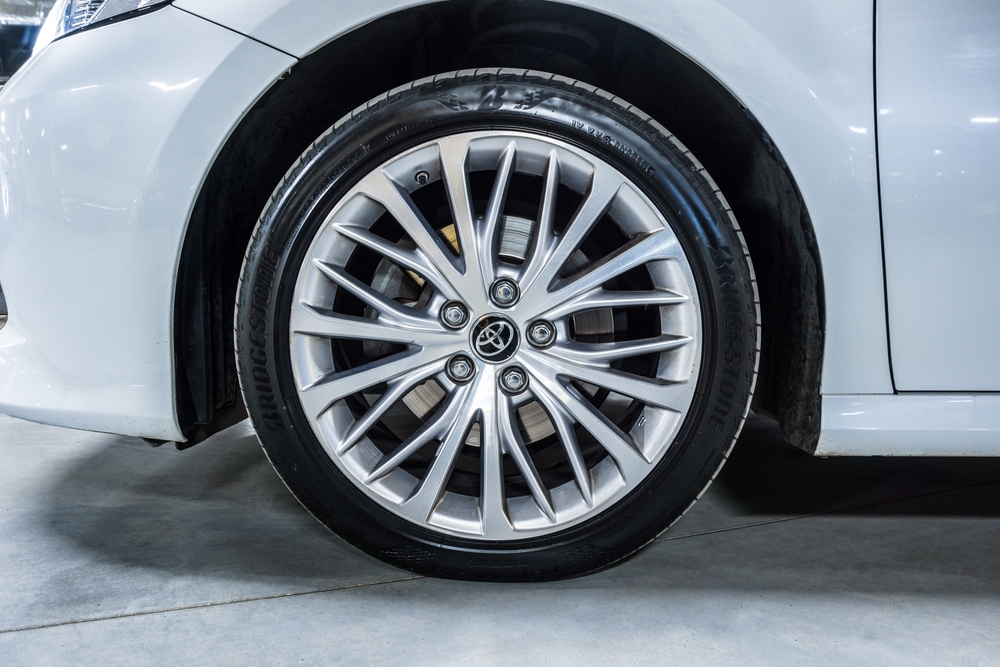
Tires play a crucial role in a vehicle’s performance, safety, and comfort. Engineers carefully select tire types and sizes to match a car’s characteristics. High-performance tires on sports cars like the Chevrolet Corvette improve grip and handling, while all-season tires on sedans like the Toyota Camry offer a balance of comfort and longevity. Consumers should choose tires that match their driving needs and conditions.
Role of Active Aerodynamics

Active aerodynamics, such as adjustable spoilers and air vents, enhance a vehicle’s performance by optimizing airflow. The Porsche 911 Turbo uses active aerodynamics to improve downforce and reduce drag at high speeds, enhancing stability and efficiency. Understanding active aerodynamics can help consumers appreciate the advanced features in high-performance vehicles.
Importance of Engine Placement
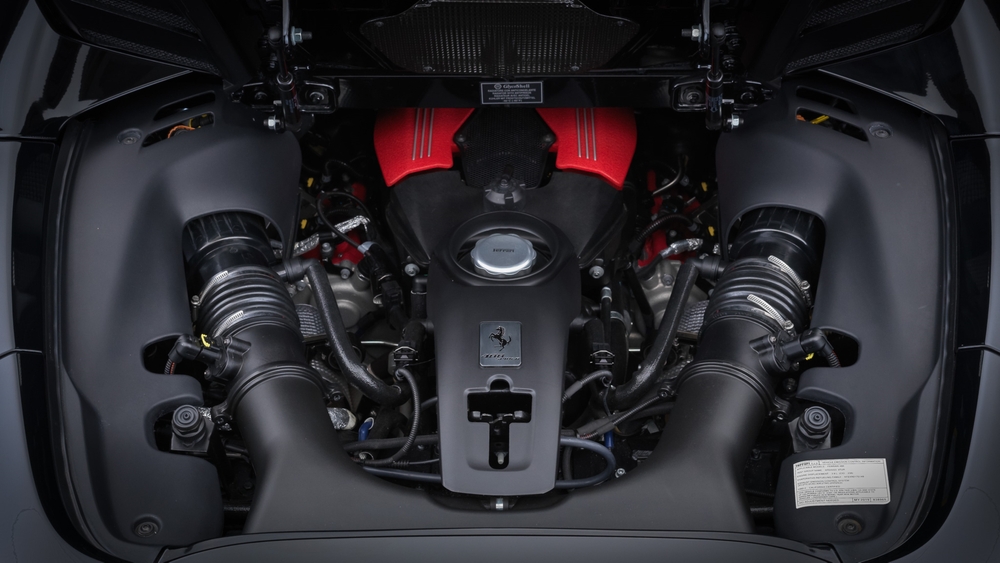
Engine placement affects a vehicle’s handling and balance. Mid-engine cars, like the Ferrari 488, have their engines located between the front and rear axles, providing superior weight distribution and handling. Front-engine and rear-engine layouts each have their own advantages and trade-offs. Consumers should consider engine placement when evaluating a car’s driving dynamics and intended use.
Impact of Cabin Insulation
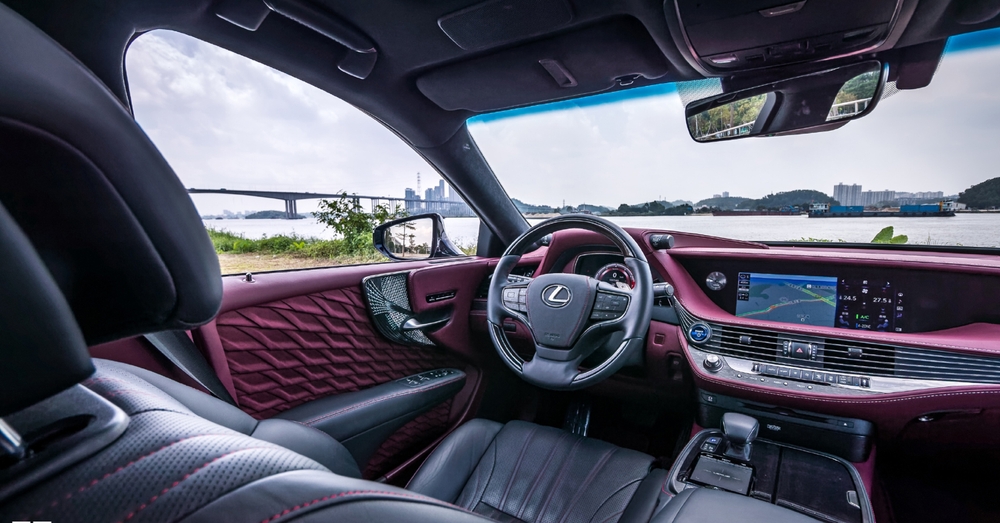
Cabin insulation affects noise levels, temperature control, and overall comfort. High-end vehicles like the Lexus LS use advanced insulation materials and techniques to create a quiet and serene interior. Understanding the importance of cabin insulation can help consumers choose vehicles that offer a more comfortable and enjoyable driving experience.
Benefits of Adaptive Suspension
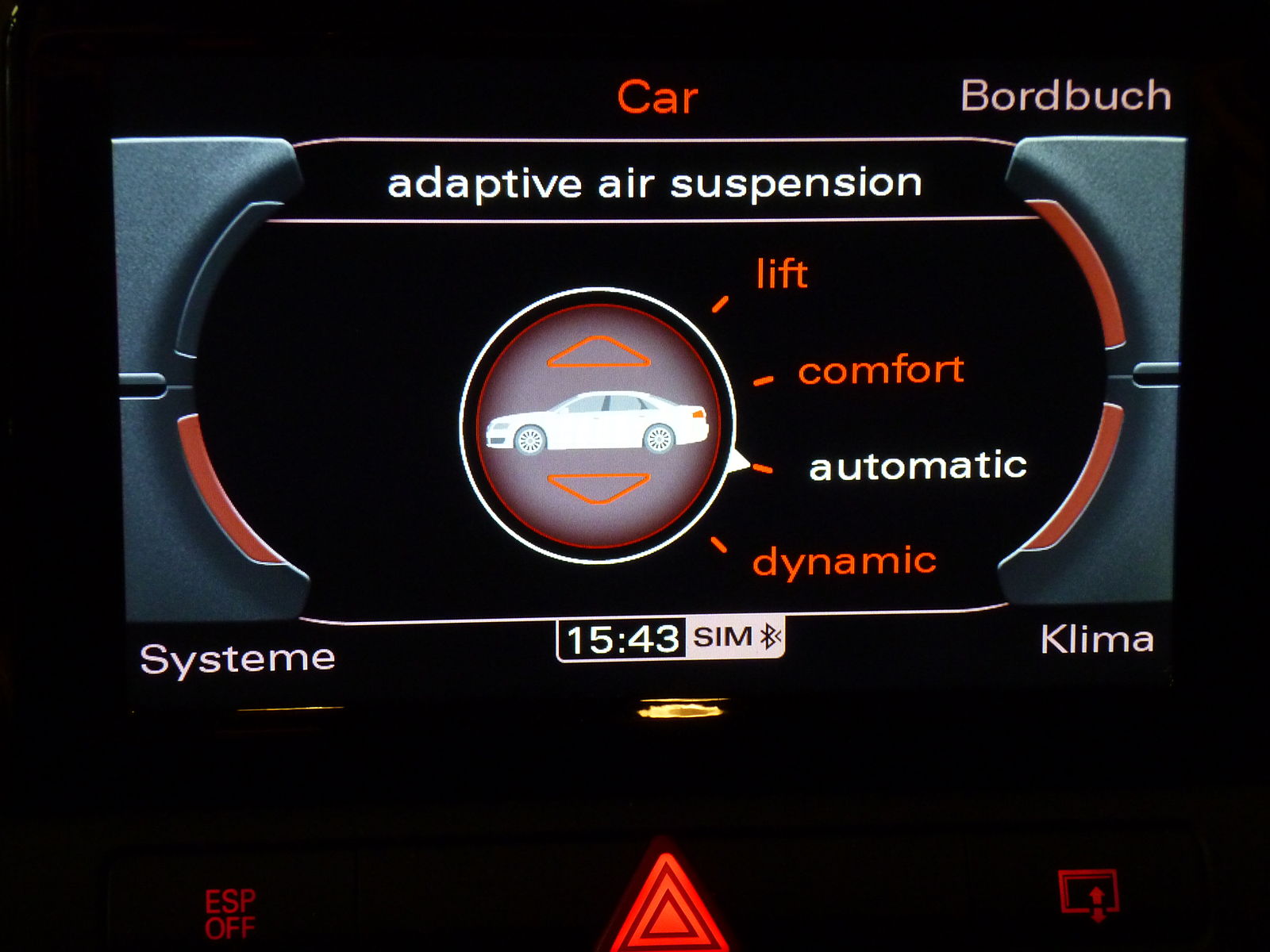
Adaptive suspension systems adjust the damping force of the shock absorbers in real-time to suit driving conditions. Vehicles like the BMW 7 Series use adaptive suspension to provide a smooth ride on rough roads and sporty handling when desired. Consumers looking for a versatile driving experience should consider cars with adaptive suspension systems.
Role of Battery Technology in EVs

Battery technology is crucial for the performance, range, and longevity of electric vehicles (EVs). Advances in lithium-ion batteries, as seen in the Tesla Model 3, have significantly improved range and charging times. Consumers interested in EVs should understand the importance of battery technology to make informed decisions about range, charging infrastructure, and overall efficiency.
Importance of Ergonomics

Ergonomics in vehicle design ensures that controls are intuitively placed and seats provide proper support. Engineers focus on creating comfortable and user-friendly interiors, as seen in the Volvo XC90, which offers ergonomic seats and well-placed controls. Consumers should consider ergonomics to ensure comfort and ease of use, especially on long drives.
Benefits of Hybrid Powertrains
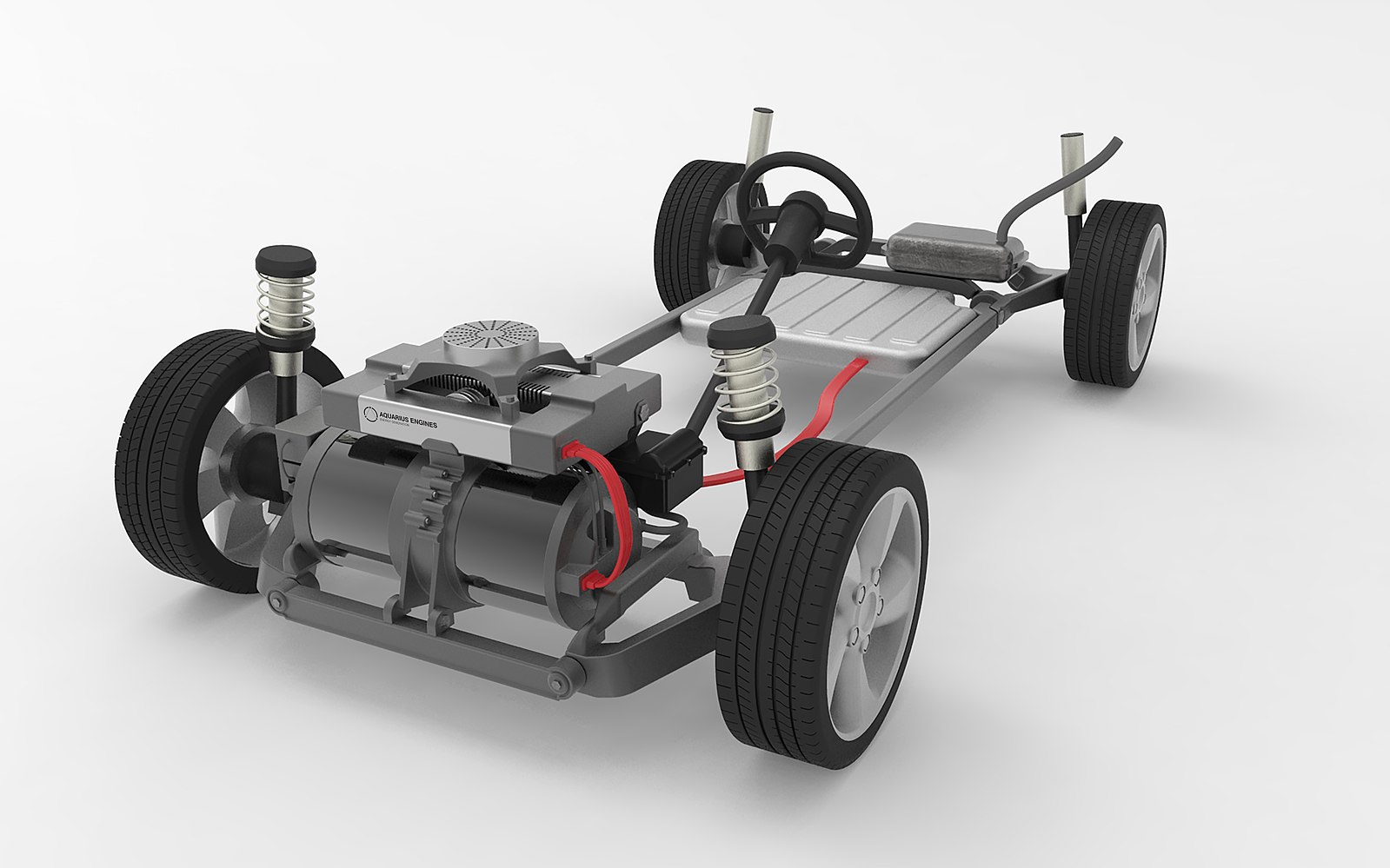
Hybrid powertrains combine internal combustion engines with electric motors to improve fuel efficiency and reduce emissions. The Toyota Prius is a prime example, offering excellent fuel economy and low emissions. Consumers looking for environmentally friendly and cost-effective transportation should consider hybrid vehicles.
Impact of Design on Safety
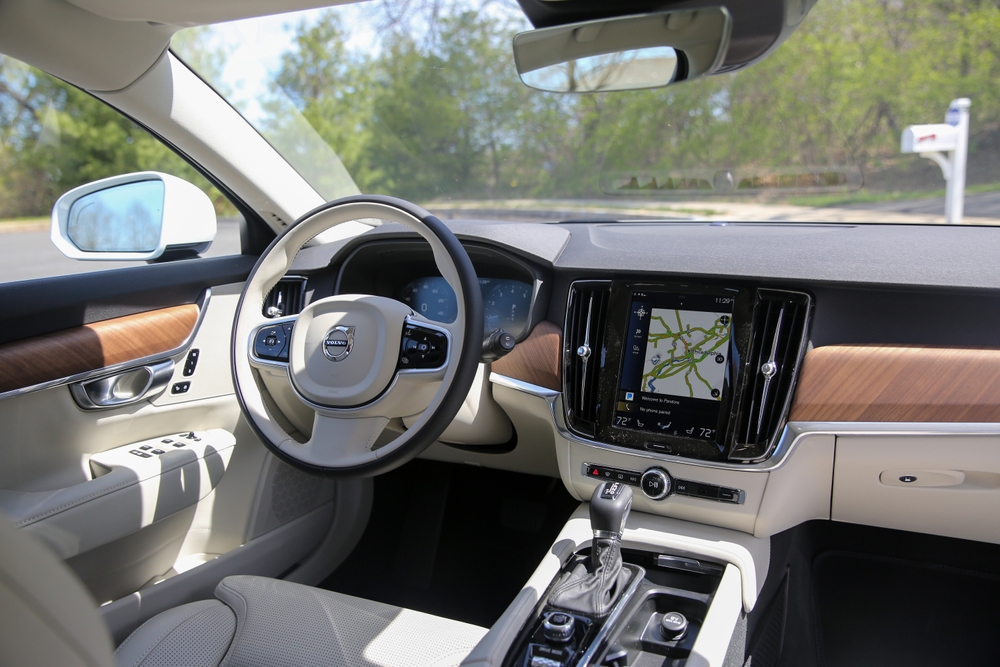
Vehicle design significantly impacts safety, from structural integrity to the placement of safety features. Engineers design crumple zones and reinforce cabins to protect occupants in a crash, as seen in the Volvo S90, known for its advanced safety features and robust design. Understanding the role of design in safety can help consumers choose vehicles that offer better protection.
Importance of Infotainment Systems

Modern infotainment systems enhance the driving experience by providing navigation, entertainment, and connectivity. Vehicles like the Tesla Model S feature large, intuitive touchscreens that integrate multiple functions. Consumers should evaluate infotainment systems for ease of use and the availability of desired features.
Significance of Brake Technology
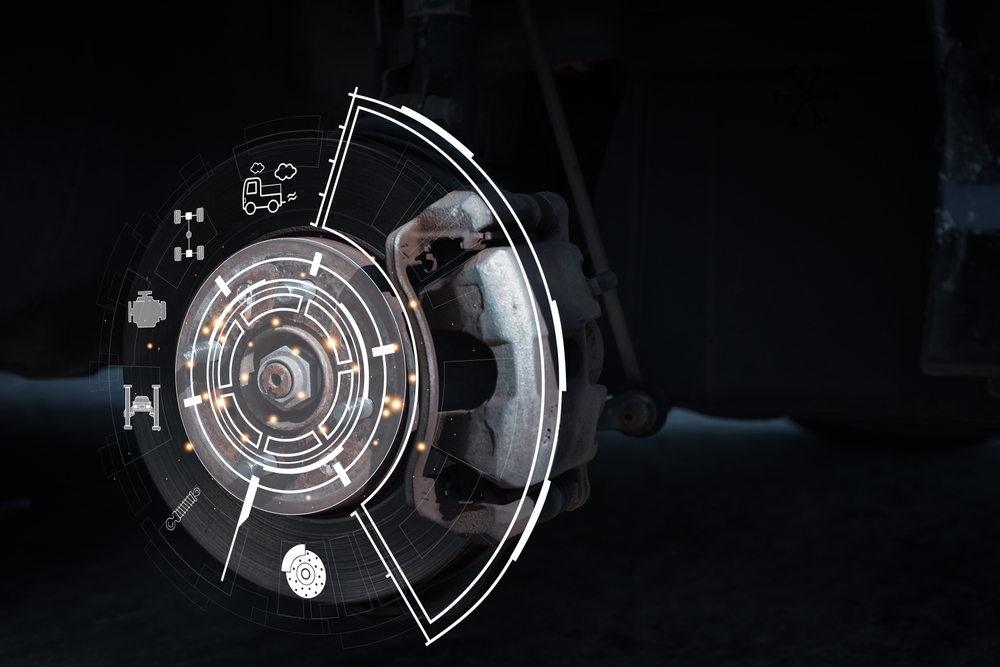
Advanced brake technology, such as regenerative braking in EVs and hybrids or carbon-ceramic brakes in high-performance cars, improves stopping power and efficiency. The Porsche 911 GT3, for example, uses carbon-ceramic brakes for superior performance on the track. Consumers should consider brake technology for improved safety and performance.
Role of Software Updates

Software updates in modern vehicles can enhance performance, add new features, and fix bugs. Tesla, for instance, regularly updates its vehicles over-the-air, improving functionality and adding features post-purchase. Consumers should consider the ability to receive software updates when choosing a vehicle to ensure it remains up-to-date and improves over time.
his article originally appeared on MyCarMakesNoise.
More from MyCarMakesNoise
10 Cars with the Most Complaints from Owners

Buying a car is a major investment, and reliability is a top concern for most consumers. However, not all cars live up to the expectation of trouble-free ownership. The frustration of frequent garage visits can turn any dream car into a nightmare. Read More.
20 Greatest British Sports Cars of All Time

British sports cars are renowned for their blend of style, performance, and innovation. From classic icons like the Aston Martin DB5 to modern marvels like the McLaren P1, these cars embody the pinnacle of automotive excellence. Read More.
20 Tire Brands That Aren’t Worth Your Money
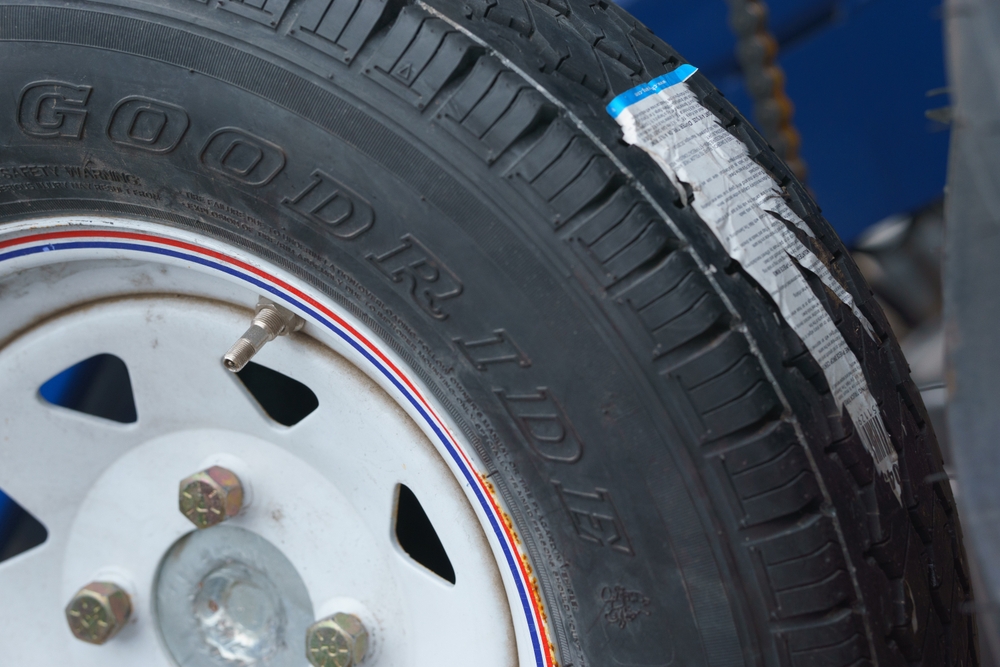
When choosing tires, quality and performance are crucial for safety and comfort. Many budget tire brands like Westlake and Goodride often receive poor reviews due to issues like rapid tread wear, poor wet traction, and balancing problems. Read More.

